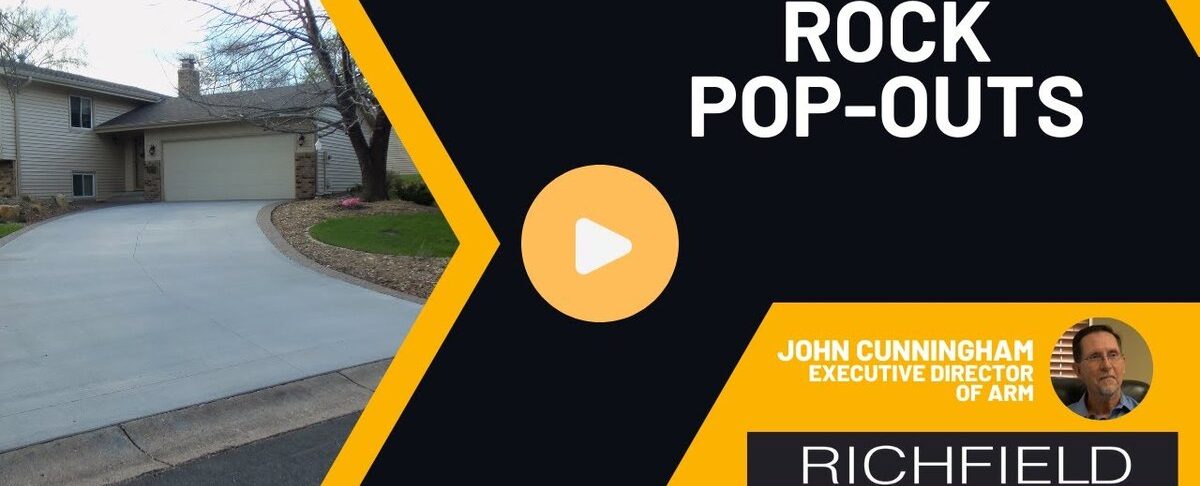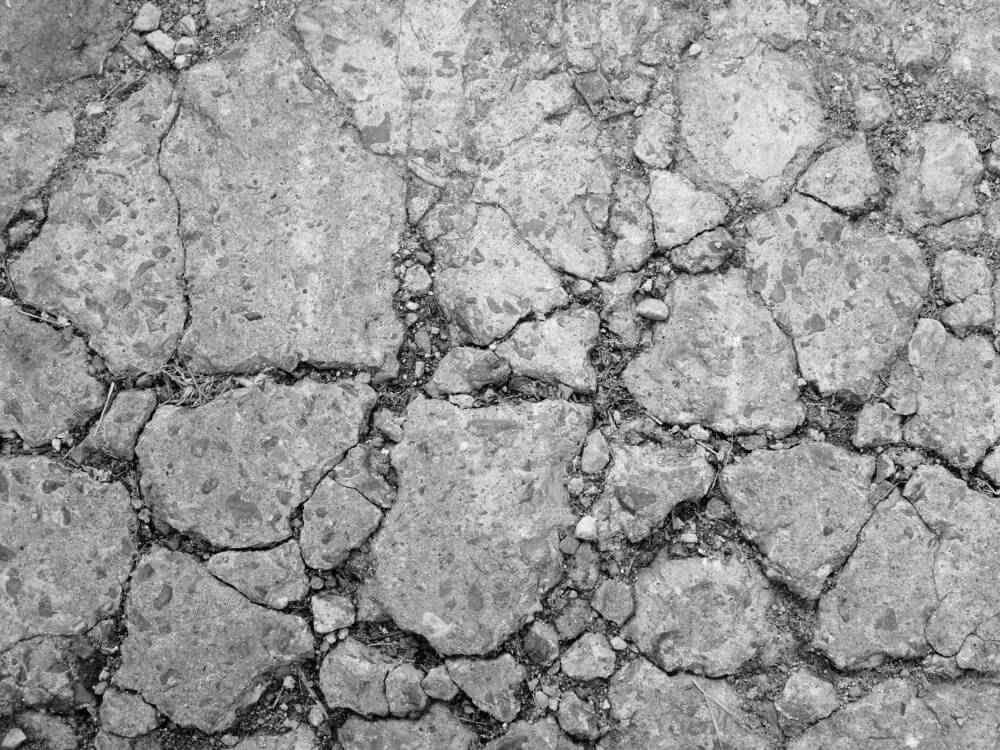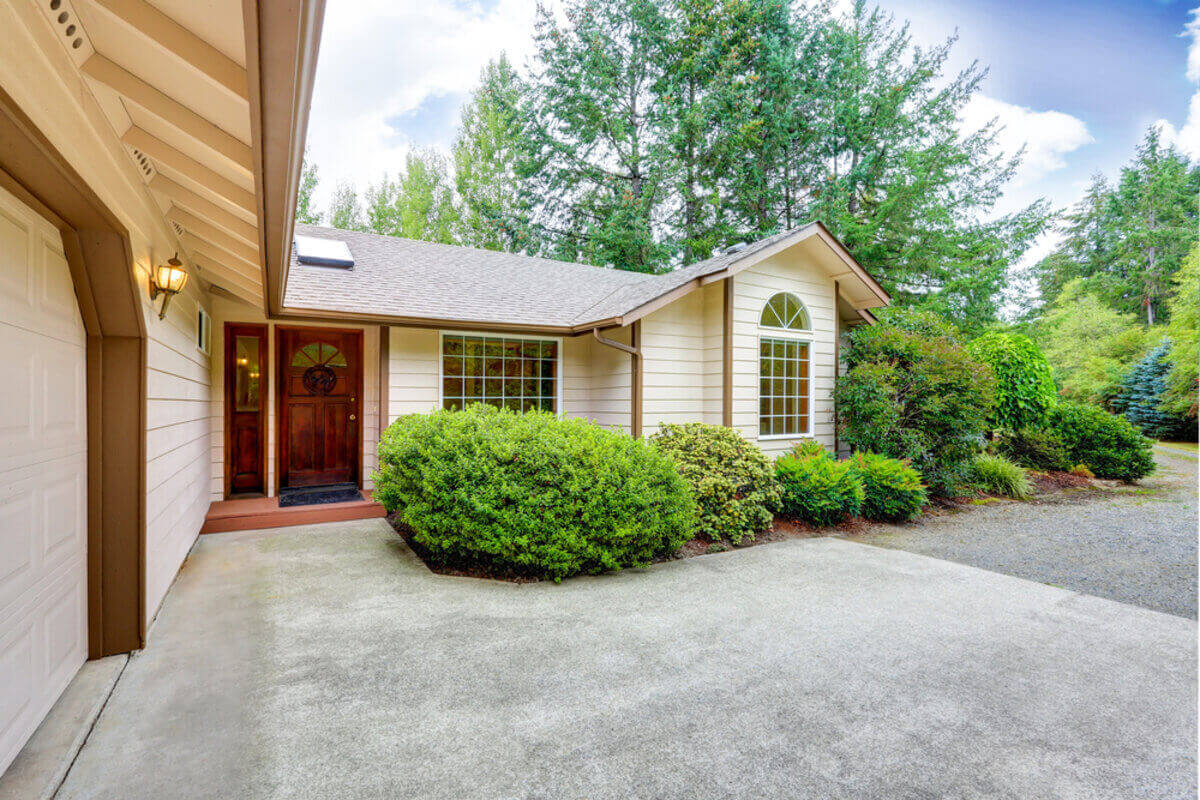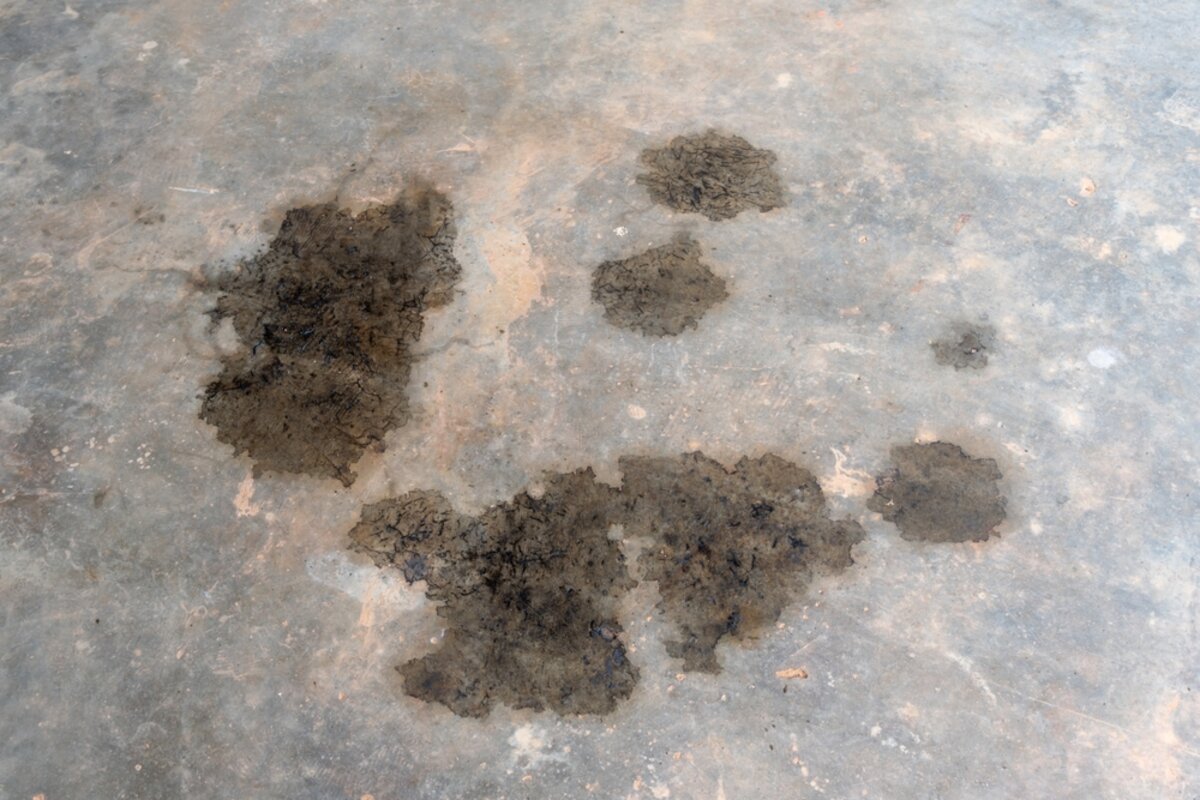In the world of concrete construction, achieving a smooth and durable surface is the ultimate goal. However, one common yet perplexing issue that construction experts often encounter is the occurrence of rock pop-outs or simply, pop-outs. This blog post aims to shed light on what these are, why they occur, and more importantly, how you can avoid them.
What are Rock Pop-Outs?
Pop-outs are small chips or particles that literally “pop out” of the surface of a driveway, sidewalk, or patio. While the term may conjure images of severe structural issues, it’s important to note that rock pop-outs are generally an aesthetic concern rather than a sign of compromised durability.
These surface distresses usually manifest as small, often circular, craters on the concrete surface. They can occur for a variety of reasons and tend to appear within the first year or two following the concrete’s placement. Particularly, the first winter season can trigger a noticeable appearance of these issues.
Are Rock Pop-Outs a Serious Issue?
An Aesthetic Issue
Rock pop-outs mainly affect the look of the concrete rather than its structural integrity. In most cases, you’ll notice them in the initial years following the placement of concrete. However, their occurrence generally decreases or becomes minimal after the first or second winter, implying that they don’t pose a long-term threat to the durability of the concrete structure.
Long-Term Durability
The good news is that these surface flaws usually don’t compromise the long-term durability of the concrete. They are not indicative of deeper, more serious issues like internal cracking or structural failure. Still, if you’re working on a project where aesthetics are a high priority, such as a decorative concrete floor or a retail space, you’d naturally want to avoid them.
How to Avoid Rock Pop-Outs
Proper Material Selection
One of the key ways to minimize the risk of experiencing pop-outs is by selecting high-quality aggregates and cement. Impurities or reactive substances in low-quality materials can contribute to the formation of these surface distresses.
Climate Considerations
Since the first winter season often triggers the appearance of pop-outs, taking climate into consideration when planning your concrete project is essential. Using materials that are specifically designed for colder climates can be beneficial.
Timely Sealing
Applying a high-quality sealer can protect the surface from moisture, which is often a contributing factor in the occurrence of pop-outs. The sealer acts as a barrier, preventing water from penetrating the surface of the driveway, sidewalk, or patio, and triggering the pop-outs.
Expert Consultation
If you’re unsure how to proceed, consulting with a concrete expert can provide valuable insights into how to minimize the risk of pop-outs. They can recommend specific types of materials, sealers, and construction methods that are best suited for your project.
Conclusion
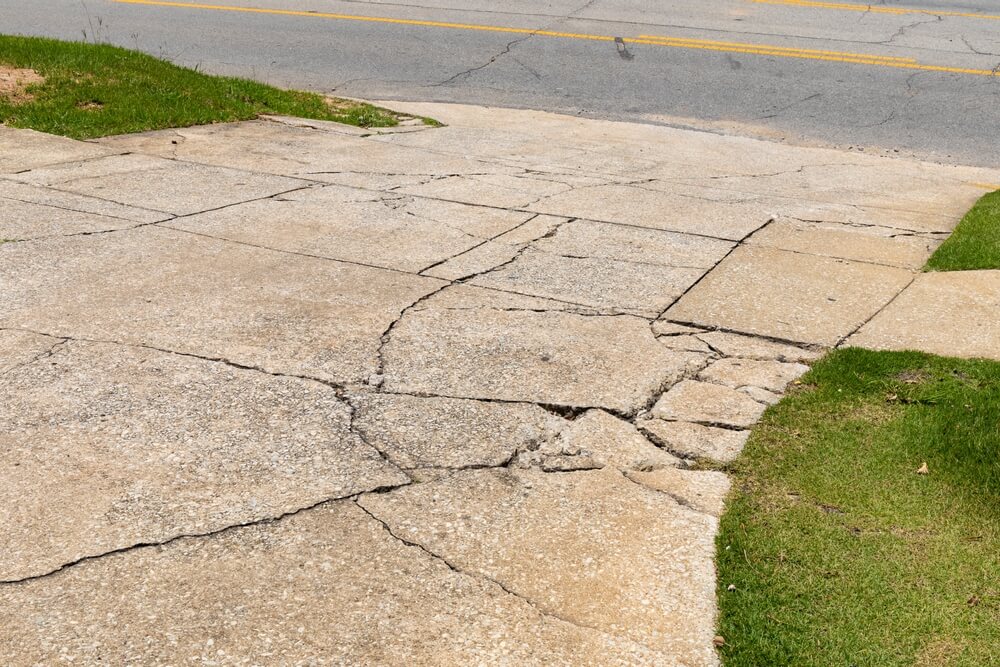
Rock pop-outs may not compromise the structural integrity of concrete, but they can be an eyesore, especially for projects where aesthetics matter. By selecting the right materials, considering climate factors, applying timely sealing, and possibly consulting with experts, you can effectively minimize the risk of encountering this surface distress. Knowing what they are and how to avoid them is crucial for anyone involved in concrete construction. Contact Richfield Concrete today to learn more about rock pop-outs and how they can be avoided.




